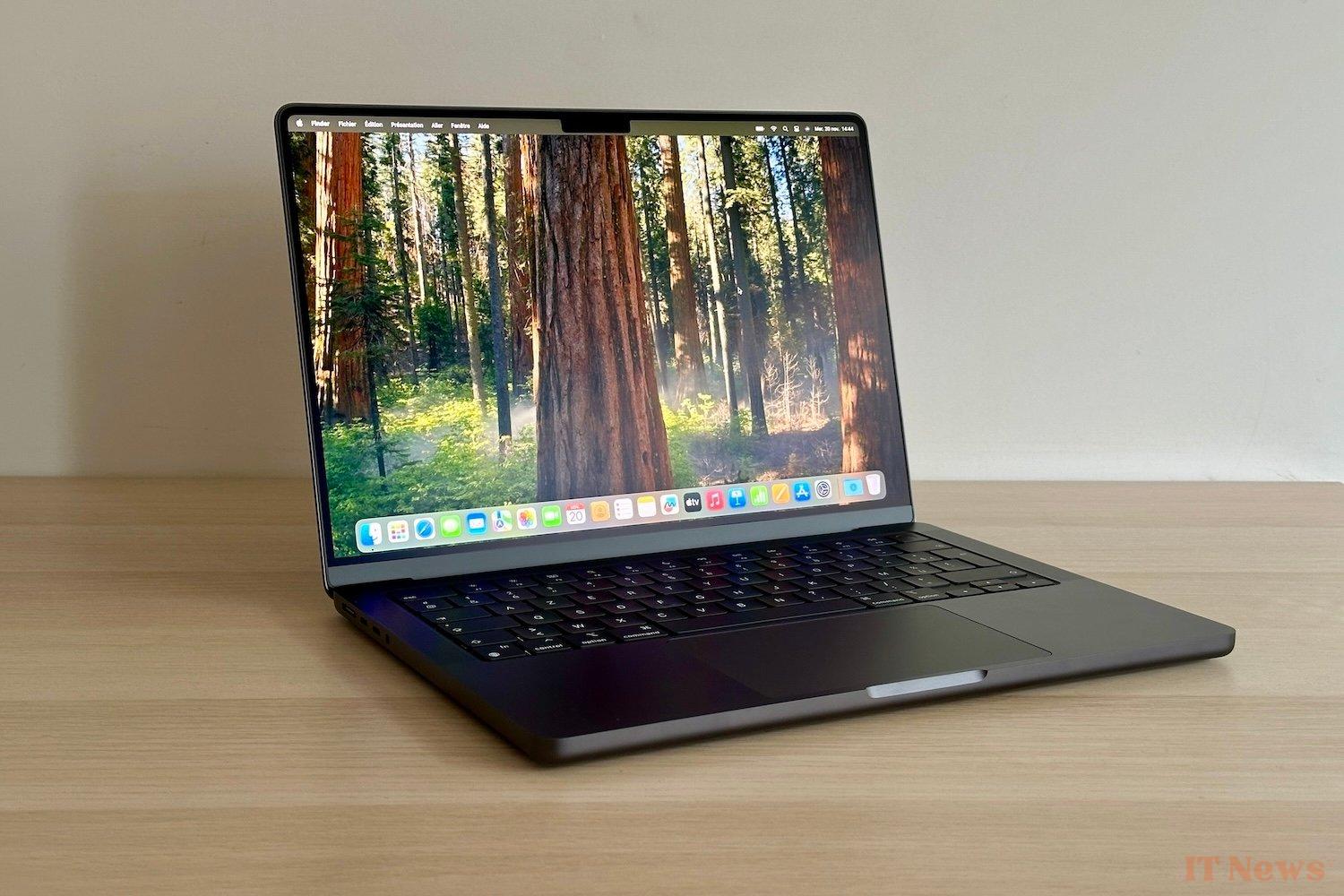While the latest MacBook Pro models have mostly seen internal improvements, Apple is finally planning a real shake-up for 2026. According to cross-referenced information from Bloomberg, TheElec and Omdia, this future version would be distinguished by four important technical developments.
An OLED screen and more notch for the future MacBook Pro?
Apple is reportedly considering equipping its 2026 MacBook Pro with an OLED screen, a technology already inaugurated at Apple on the 2024 iPad Pro. This type of panel would offer excellent contrast, more vibrant colors and better brightness, while being more energy efficient. According to TheElec, it would be a Tandem OLED technology with double RGB layer, capable of extending the life of the screen while improving its clarity.
Another possible change: the removal of the notch in favor of a simple punch. The firm Omdia mentions a format combining "rounded corners and a circular hole" to house the camera. Now remains to It remains unclear whether Apple would opt for a simple hole-punch like some PCs or a more advanced system, in the spirit of the iPhone's Dynamic Island. In any case, the goal would be to maximize the display surface and make the whole thing more aesthetic.
A thinner design and an M6 chip?
The 2026 MacBook Pro could also adopt a more streamlined design. Bloomberg specifies that Apple would like to refine the chassis of its computer, which would be made possible thanks to the integration of the OLED screen. Initially planned for 2025, this change in size was reportedly pushed back by a year due to delays related to the production of suitable OLED panels.
On the performance, the device would host the future M6 chip, which would be the first generation of Apple Silicon to benefit from TSMC's 2-nanometer engraving process. An engraving finesse that we also expect on the iPhone with the A20 chips. Enough to further improve energy efficiency and raw power. The M6, M6 Pro, and M6 Max models will reportedly be available, as with previous generations, in 14- and 16-inch sizes.
Source: 9to5Mac



0 Comments